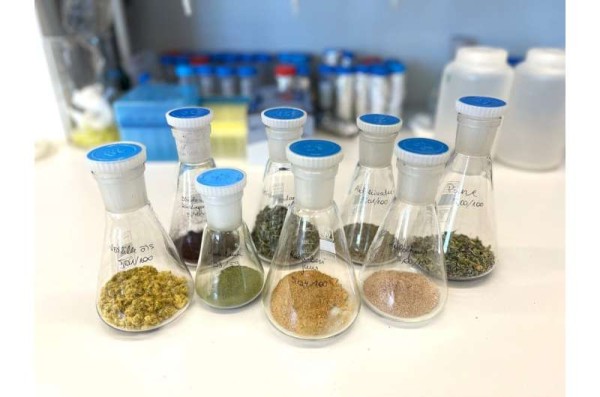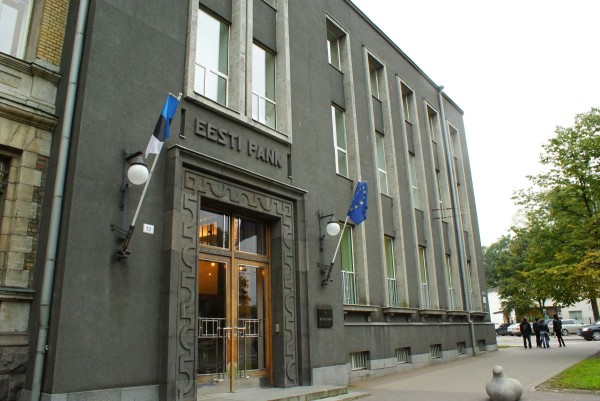The arrival of warmer weather and more people spending time outdoors bring risks that should be addressed. A tick, likely to be carrying at least one pathogen, can attach itself to human skin in natural areas. The abundance of ticks in Estonia and the prevalence of tick-borne pathogens have increased significantly in the last decade.
The results of the recently published National Institute for Health Development project 'Mail a Tick!' show that, of the six main viruses/bacteria included in the study, at least one pathogen was detected in 62.3% of all ticks examined. The better-known tick-borne diseases include tick-borne encephalitis and borreliosis.
More and more causes of Lyme disease
It is possible to be vaccinated against encephalitis as a viral disease; moreover, immunity develops as a result of contracting the disease. There is no preventive treatment for Lyme disease. Once infected, there is no immunity and the consequences can be severe. Lyme disease is caused by a group of bacteria called Borrelia burgdorferi sensu lato, which enter human bloodstream through tick bites.
The first sign of infection is an enlarging reddish patch around the bite site, but this is absent in as many as a third of cases. According to scientific articles published in many scientific journals, such as Frontiers in Neurology, Pain, The Lancet, and Clinical Microbiology and Infection, symptoms in the later stages of the disease can include damage to joints, nervous system, skin, and heart.
Advertisement / Reklaam
Advertisement / Reklaam
According to the National Institute of Health, approximately 28% of Estonian ticks are carriers of B. burgdorferi and more than 2,500 people are infected with Lyme disease each year. A comparison of the latest data with the results of surveys conducted in 2006–2009 and 2012–2014 shows that the prevalence of Lyme disease in ticks has increased two or three times in some places across Estonia.It is important to know that tick-borne diseases can also be contracted in the cities. The 2018 National Institute for Health Development survey of green areas in the capital city showed that an average 35% of ticks collected from urban areas carried at least one pathogen, with the prevalence of bacteria causing Lyme disease being as high as 25% of ticks in some places.
Innovative treatments are needed
Lyme disease is treated with antibiotics, which are generally effective in the acute stage of the disease. However, if the disease goes unnoticed and treatment is delayed, it can develop into a chronic condition.
https://phys.org/news/2023-05-...

























